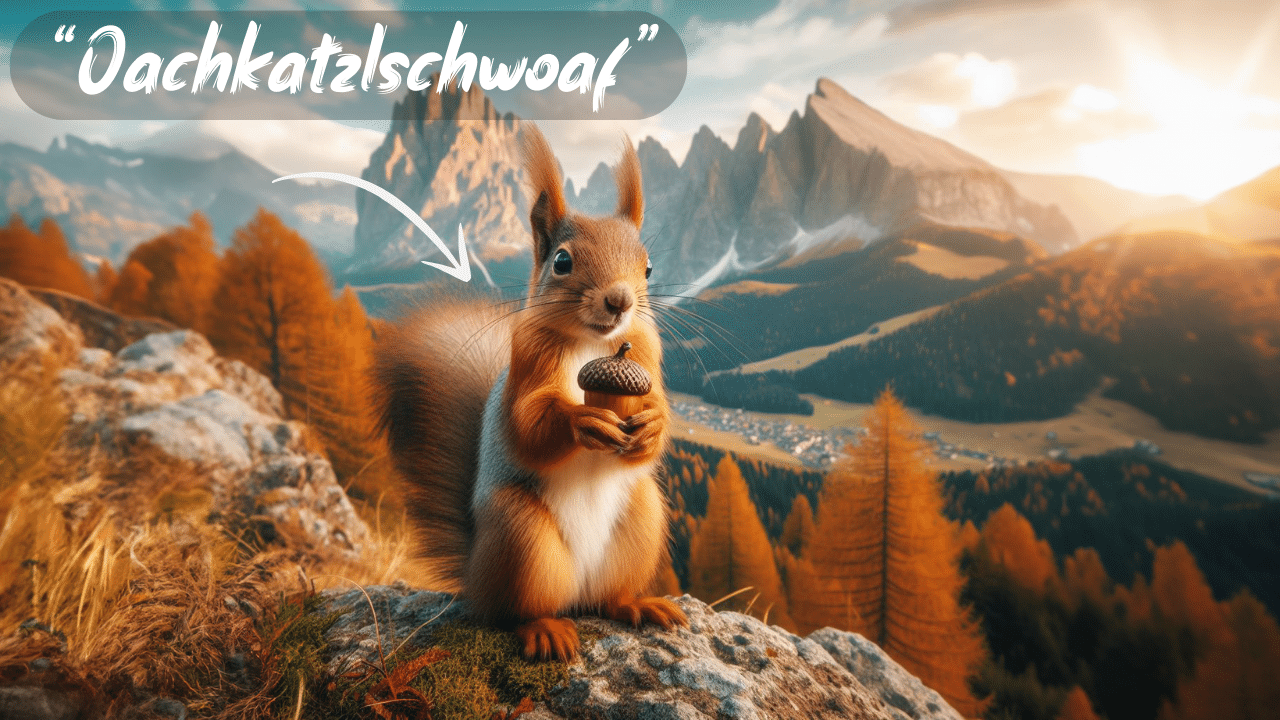In the heart of Europe’s Alpine region, the Tyrolean dialects remain one of the linguistic world’s most fascinating treasures.
Across Tyrol, a variety of languages are spoken, from Standard German to Italian and Ladin, showcasing the area’s rich cultural diversity.
However, it is South Tyrol that stands out for its remarkable linguistic diversity, where the interplay of German, Italian, and the ancient Ladin language paints a unique linguistic landscape.
Here are five secrets that make these dialects a must-explore phenomenon for every language lover and cultural explorer, especially those intrigued by the vibrant linguistic mosaic of South Tyrol.
1. A Lexicon Like No Other
Unique lexical items in Tyrolean German dialects reflect specific alpine lifestyles and environments. “Pfiat di,” equivalent to “farewell,” directly translates to “God protect you,” a phrase not found in Standard German.
Unique lexical items in Tyrolean dialects reflect specific alpine lifestyles and environments. “Pfiat di,” equivalent to “farewell” in Standard German, directly translates to “God protect you,” a phrase that carries a deeper sense of well-wishing and protection, unique to Tyrolean dialects.
Additionally, phrases like “Fescher Bua,” meaning a handsome or good-looking boy/guy (see the guy in the picture above as an example!), showcase the dialect’s colorful expressions, originating from Bavarian and Austrian dialects, and resonating with local customs and traditions.
2. The Melody of the Mountains
Tyrolean dialects uniquely intertwine with the Alpine region’s musical heritage, particularly through the tradition of yodeling, known locally as “Juchizen.”
This form of singing, characterized by rapid alternation between low and high pitches, closely mirrors the dialect’s own tonal versatility.
Such musicality is not confined to formal performances, but permeates everyday communication among Tyrolean speakers.
The dialect employs varying intonations to convey nuances of meaning and emotion, similar to the expressive shifts in yodeling.
For example, the greeting “Griass di” can express a range of sentiments, from casual acknowledgment to warm welcome, depending on its delivery.
This melodic expression cultivates a profound sense of unity and belonging, particularly evident during traditional festivals where yodeling harmonizes with the local dialect.
These celebrations honor Tyrol’s diverse cultural heritage and underscore the intimate bond between its inhabitants and the natural world.
3. A Badge of Identity
Tyrolean dialects embody a profound sense of community in South Tyrol, where language intertwines with local identity.
This pride shines during the “Gassltörggelen” festival in Chiusa, with Tyrolean dialect on display via signs and menus, embracing the region’s traditions.
Another vibrant example is the annual “Herz-Jesu-Feuer,” where villagers use the dialect in chants and songs, uniting them in a spectacular cultural event that lights up the mountainsides with fires, symbolizing solidarity and heritage.
4. Linguistic Innovations and Quirks
Tyrolean dialects are not just about preserving tradition; they’re also a playground for linguistic creativity and humor. One fascinating aspect is their knack for inventing quirky yet delightful expressions that defy conventional language norms.
For instance, have you heard of “Schnalzn”? It’s the onomatopoeic term Tyroleans use for the act of finger-snapping, adding a playful twist to everyday conversations.
And then there’s “G’schburtstogskindl” – a charmingly long word meaning “birthday child,” showcasing the dialect’s penchant for combining words into delightful linguistic puzzles.
But perhaps the most endearing of all is “Oachkatzlschwoaf” – a whimsical term meaning “squirrel’s tail,” used to humorously refer to something short or insignificant.
These linguistic gems not only add flavor to everyday speech but also reflect the Tyrolean spirit of creativity and joy in language.

Hey fellow Linguaholics! It’s me, Marcel. I am the proud owner of linguaholic.com. Languages have always been my passion and I have studied Linguistics, Computational Linguistics and Sinology at the University of Zurich. It is my utmost pleasure to share with all of you guys what I know about languages and linguistics in general.



